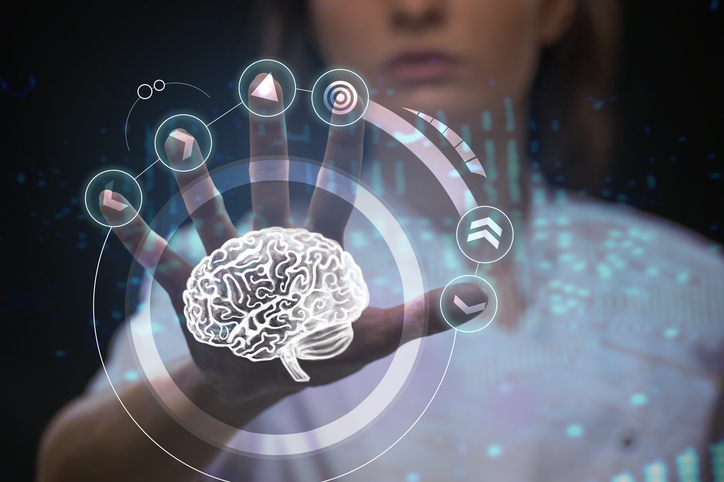Simulation is an excellent tool that can be used to display one’s understanding of learned concepts. Simulation can be used to train participants for a variety of situations including emergency events, end of life care, interprofessional collaboration, and more. Instructors look forward to seeing their learners participate in a simulation scenario and display transference of knowledge. However, some instructors have anxiety about the behavior and knowledge that their learners will show in a simulated event but hope for the best.
Many participants often look to simulation time as a stressful period of time for them when they are put on display in a fishbowl and unable to perform up to their own standards. Why does this occur? Did they not understand what was taught? This occurs due to what this author calls the “Sim Brain Phenomenon.” Sim Brain occurs as a result of stage fright (they are being watched and filmed), a fear of judgement (they seem to think that simulation is for a grade, when it is not or that their actions are being looked at for nefarious means), and/or the inability to consult a reliable resource when they are unsure of their interventions.
There are some tools that can be used to alleviate the Sim Brain Phenomenon and ensure a meaningful learning experience for all. One of these tools would be the STAR corner: when a participant is using the STAR corner they will state that they need a STAR moment or they need to use the STAR corner. When they request a STAR moment the sim is paused for up to 60 seconds so they can collect themselves in the STAR corner. STAR means Stop, Think, Actively Reflect, and Respond to the situation at hand. While in the STAR corner, the participant may consider the root cause of the situation, if they need to call for help, or even if they need to call the doctor; once a decision has been reached or the 60 seconds is up they will resume the simulation session. The STAR corners that have been used by this author have had a star drawn or created for them; all learners and facilitators know of it and its purpose and has been utilized with much success.
Another method that can be used to combat the Sim Brain Phenomenon would be to have the clinical instructors serve as charge nurses. The clinical instructors would serve as a simulated charge nurse so they would not give out the answers but rather prompt the participants to help them come to a good decision. One may also use a participant as a charge nurse, but they would have to be instructed not to complete the scenario for the other learner but help them in demonstrating the best practice for this situation. Learners can also serve as resource nurses, but they will have to be assigned a task when they are called in and once that task is finished they leave, if they are seen to be loitering in the room or interfering in the simulation they will be called to “assist another patient in a different room.”
These methods have been found to assist participants who become overwhelmed or lack the confidence to actively participant in simulation scenarios to the best of their abilities. It is important to educate the participants about proper use of these tools so that it does not disrupt the learning experience or disrupt the achievement of the learning objectives. The instructions about the use of the tools should be included in simulation orientation.
- The Sim Brain Phenomenon - December 11, 2019
- Let Me Tell You a Story: Teaching and Learning through Narrative Pedagogy - February 27, 2019
- Increasing Realism in Clinical Simulation - January 23, 2018



